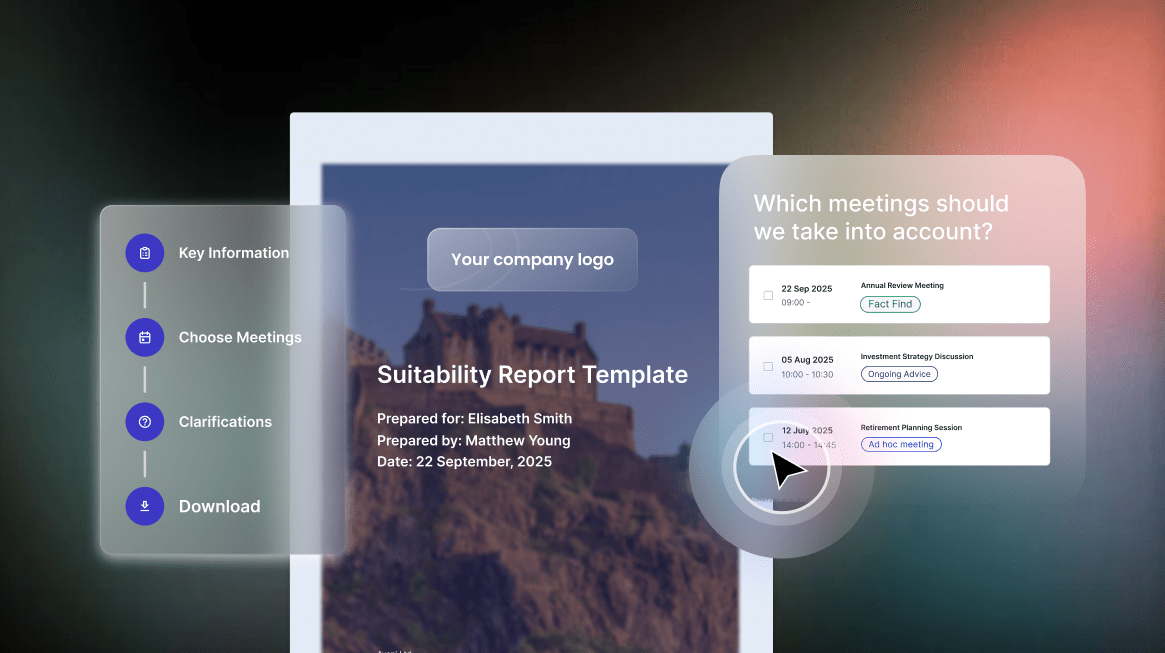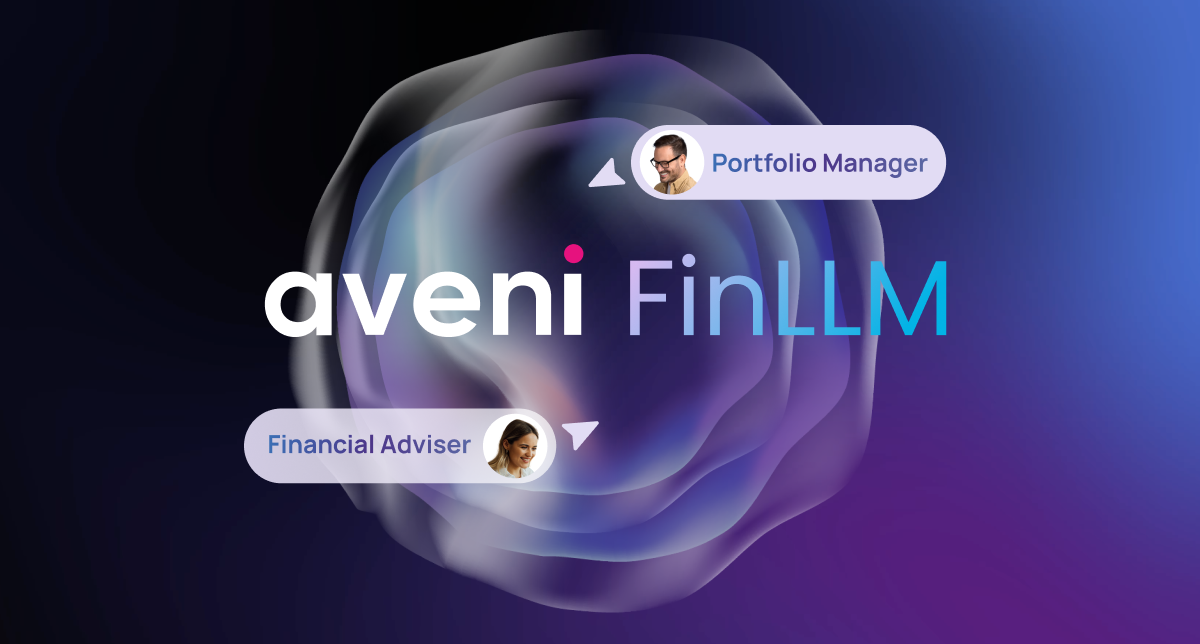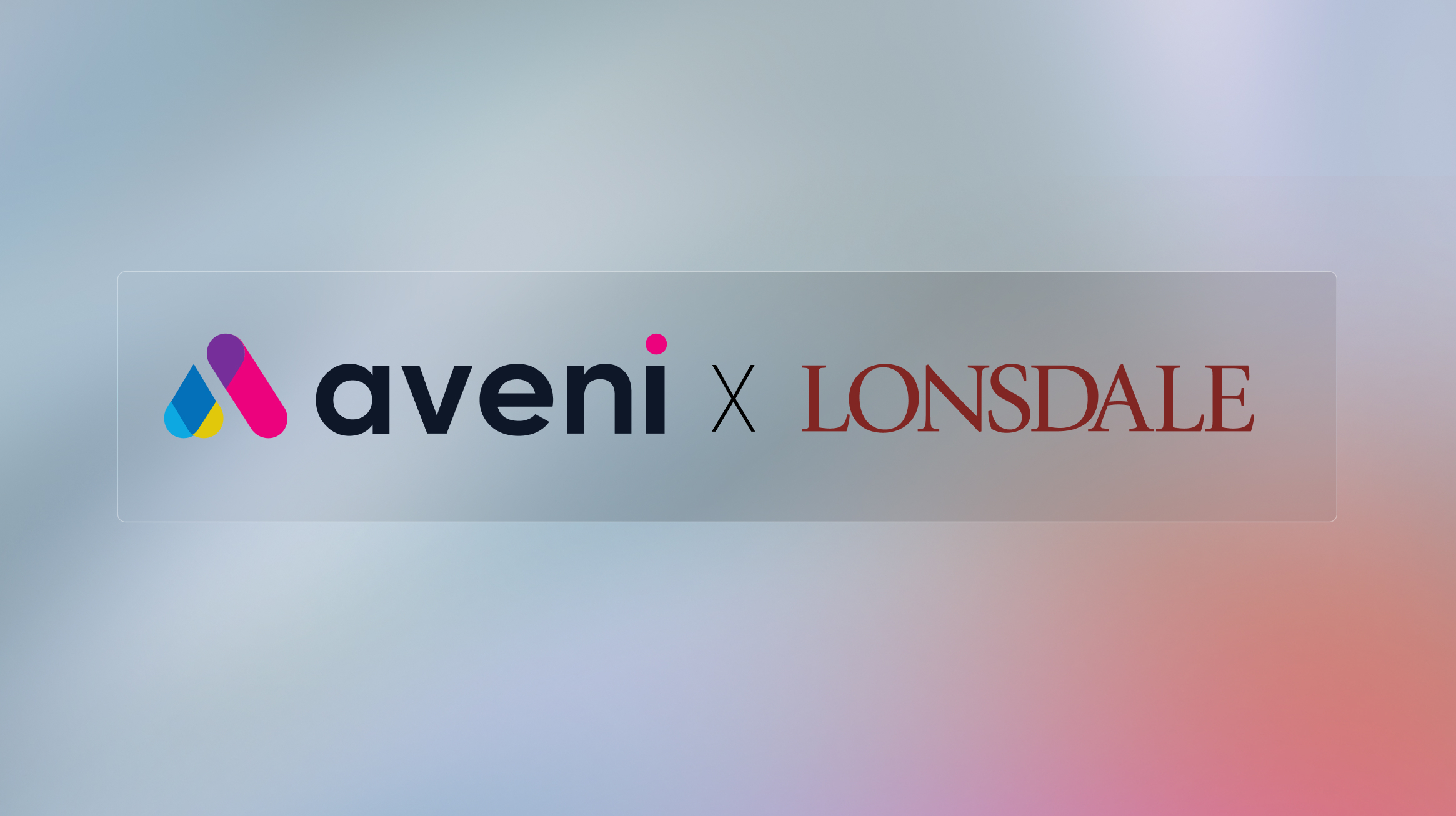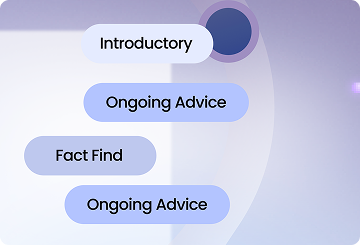Quality Assurance challenges take many different forms. When it comes to monitoring customer calls within financial services firms, or working with sensitive data, vigilance and attention to detail are essential for advisers to be supportive and transparent. It can also ensure that customers are being treated fairly and responsibly, within the boundaries of laws and regulations.
And there are so many calls to monitor. Thousands of hours of delicate questions, unidentified vulnerabilities and the assurance that a customer fully understands what it is that their adviser is telling or selling them.
It’s why, now more than ever, the implementation of technology can identify and tackle these QA challenges in financial services. We’ve identified 10 of the most common challenges below, and how we know that data-driven solutions can help support them.
1. Data privacy and security:
Protecting sensitive customer information is vital to any financial services firm. Quality assurance teams must implement robust measures to secure recorded calls, ensuring that access is restricted and that encryption is in place to safeguard customer data.
Advances in technology have provided new tools that can assist quality assessors in ensuring that customer data is protected. Automated systems, such as Aveni Detect, utilising artificial intelligence (AI) can be programmed to quickly scan large amounts of data and communications for potential violations of security protocols or sensitive personal information.
2. Compliance with regulations:
Financial institutions must comply with various regulations governing the recording and monitoring of customer calls, such as the Financial Conduct Authority’s (FCA) Consumer Duty. Quality assurance teams need to ensure that call monitoring processes adhere to legal requirements, such as those related to consent and retention periods.
It’s also worth noting that under Consumer Duty, companies are required to record and listen to a significantly higher number of calls, something that’s not financially viable for a solely human QA team. Implementing technology becomes essential, as it allows for all calls to be automatically processed, triaged so that high priority cases can be sent to QAs for further review.
Similarly to maintaining a customer’s privacy and security, there are platforms designed with these regulations at the heart of its operations. Enabling the automatic assessment of Consumer Duty KPIs at scale will provide QAs with invaluable insights into a firm’s risks, trends over time, as well as providing regulator-ready reporting, which will be vital in 2024.
3. Consistency and standardisation:
Quality assurance teams often monitor customer calls to assess consistency in communication, adherence to scripts, and compliance with established protocols. Standardising monitoring procedures helps identify areas for improvement and ensures a uniform customer experience.
When a quality assessor is able to review every call an adviser makes, they are able to more fully understand where they are succeeding and where they are failing in their communication. With technology able to identify and provide evidence of an adviser’s abilities, QAs have a strong case for developing strategies to help advisers and firms to succeed.
Which leads us to our next point…
4. Training and coaching:
Monitoring customer calls provides valuable insights into the performance of customer service representatives. Quality assurance teams use this information to offer targeted performance and coaching sessions to improve communication skills, address compliance issues, and enhance overall service quality.
The key to developing customer advisers is to fully understand where their strengths and weaknesses lie over the course of all of their calls, not just some, so targeted feedback and coaching can be provided.
The quality assurance challenges here are how to get significant amounts of data to get this understanding. This is where technology can offer support. Through monitoring every call for filler words, sentiment analysis, and it can even determine if an agent has provided advice when they’re only permitted to provide guidance.
5. Real-time monitoring:
Some financial services firms implement real-time call monitoring to address issues immediately, such as escalated customer complaints or potential compliance violations. Quality assurance teams may need to develop the capability to monitor calls in real-time and intervene when necessary.
Advances in speech analytics and natural language processing (NLP) enable quality assurance teams to develop real-time call monitoring capabilities, allowing them to use AI to automatically detect escalated customer complaints or compliance issues as they arise on calls so that experts can intervene immediately.
6. Customer experience metrics:
Gathering customer experience metrics is a quality assurance challenge as teams often measure and analyse this data through call monitoring. This includes factors such as call resolution time, customer satisfaction scores, and first-call resolution rates, which help assess the effectiveness of customer service operations. It’s all very time consuming.
AI-powered solutions can identify these metrics automatically and produce evidence-backed reports which outline these metrics for analysis. With firms like the FCA demanding data-driven insights, this information can also be brought to boardroom reports to show how a firm is performing against regulatory KPIs.
7. Feedback mechanisms:
Establishing effective feedback loops is crucial for continuous improvement. Quality assurance teams need to provide constructive feedback to customer service representatives, highlighting areas for improvement and recognising exemplary performance.
Just as AI-powered coaching tools can build training strategies through call analysis, they can analyse agent-customer interactions, generate personalised improvement recommendations, and deliver timely feedback through multiple channels to reinforce positive behaviours and ensure representatives continuously enhance their skills.
8. Multichannel monitoring:
With the increasing use of multiple communication channels, including phone calls, live chat, and social media, quality assurance teams may need to extend their monitoring efforts across various channels to ensure a consistent and seamless customer experience.
Advanced customer experience management platforms empower quality assurance teams to compile interactions from these various communication channels into a unified system for review and analysis. With the support of AI and automation, they can ensure consistency and seamless service across all customer touch points.
9. Scalability and Workload:
As call volumes fluctuate, quality assurance teams must have scalable processes in place to handle increased workloads during peak times. This includes efficient call sampling methods and the ability to adapt monitoring efforts to meet demand.
Leveraging cloud-based analytics and monitoring platforms enabled with AI means that firms can automatically scale up sampling rates and review capacity during high call volume periods, ensuring consistent quality standards are maintained even with fluctuating workloads.
10. Technology integration:
So, we know that technology can help smooth the way for a lot of advancements and automations, making life a lot easier for everyone involved. But we also know that implementing these technologies comes with their own set of challenges and teething problems.
Integrating advanced tools and analytics into the monitoring process isn’t always as easy as pushing a button and understanding the feedback they provide can bring its own learning curve.
Most companies, like Aveni, will provide integration assistance and support every step of the way, allowing you to scale and structure your implementation of these technologies in a way that is most meaningful to your QAs and your business.






